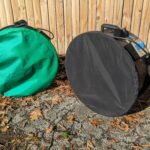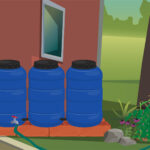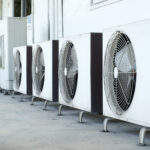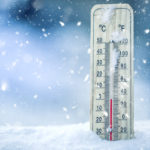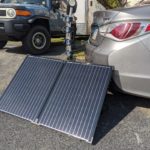How gutters affect your home’s energy efficiency
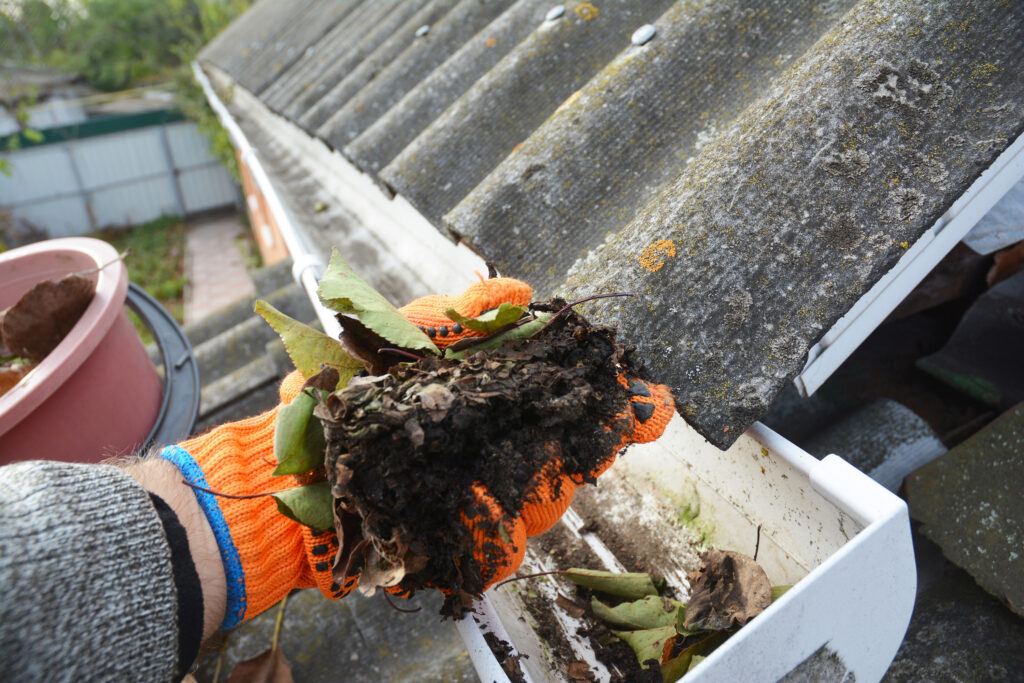
With the arrival of autumn comes the pleasures of all things fall: cooler weather, changing leaves, and pumpkin spice lattes. However, leaves are not solely an issue for those with yards- every home should keep an eye on their gutters- not just what’s inside them, but the gutters themselves.
Besides seasonal cleanouts when the leaves start falling, gutters are an oft forgotten part of one’s home. However, the size and location of one’s gutters can have a huge impact on your home’s overall energy efficiency.
Gutters are essential to proper roof drainage. They are typically found at the edge of your roof, also known as the drip edge (the edge the rain drips from). Much like a waterslide, they also need to be sloped down toward the downspout so water doesn’t pool along the roof. Even with the correct slope, it’s important that the joints between each section are correctly joined and leak-free. Many also come equipped with downspout filters to help keep the pipes cleared of debris.
Even the location of where your gutter ends up is crucial. Gutters should lead away from your home, especially away from the foundation, so it doesn’t introduce moisture (in the form of humidity) or erode the foundation walls over time.
So what do we recommend?
- Gutters should be cleaned out a minimum of once a year, and ideally should be checked after big storms and high winds
- Gutter sections and the joints that connect them should be tight and hole-free
- They should be sloped downwards without any hills or valleys along the roof
- Spouts should have downspout filters to keep pipes from clogging
- Gutters should extend at least 10 feet away from your home and facing downhill, not back towards your home
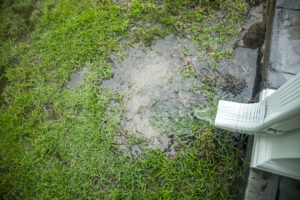

But how does this affect energy efficiency? A proper gutter system decreases any outside moisture from seeping into your home- that means less need for a dehumidifier. Depending on an old gutter system, years of pooling water could introduce cracks and holes in the foundation. Of course, a strong foundation means more air stays in, both warm and cold.
While the placement of your home’s gutters seems insignificant it can have a big impact down the road. In conclusion: with great gutters comes great savings.
How can we help?
At Energy Efficiency Experts we inspect the structural integrity of your home and look for possible cracks and holes in what we call the “conditioned envelope”, or the shell of your home which contains all your conditioned air. We can also diagnose possible causes for structural issues, including wear and tear from water damage. If you live in the Washington DC/Maryland/Virginia (DMV) area and have concerns about your home’s humidity, structure, or gutters, schedule a house audit at https://energyefficiencyexperts.com/contact/ or call our office at 202-557-9200.
Curious about what other services we provide? Check out the full list of auditing services and see what our in-house crew can do for you!








